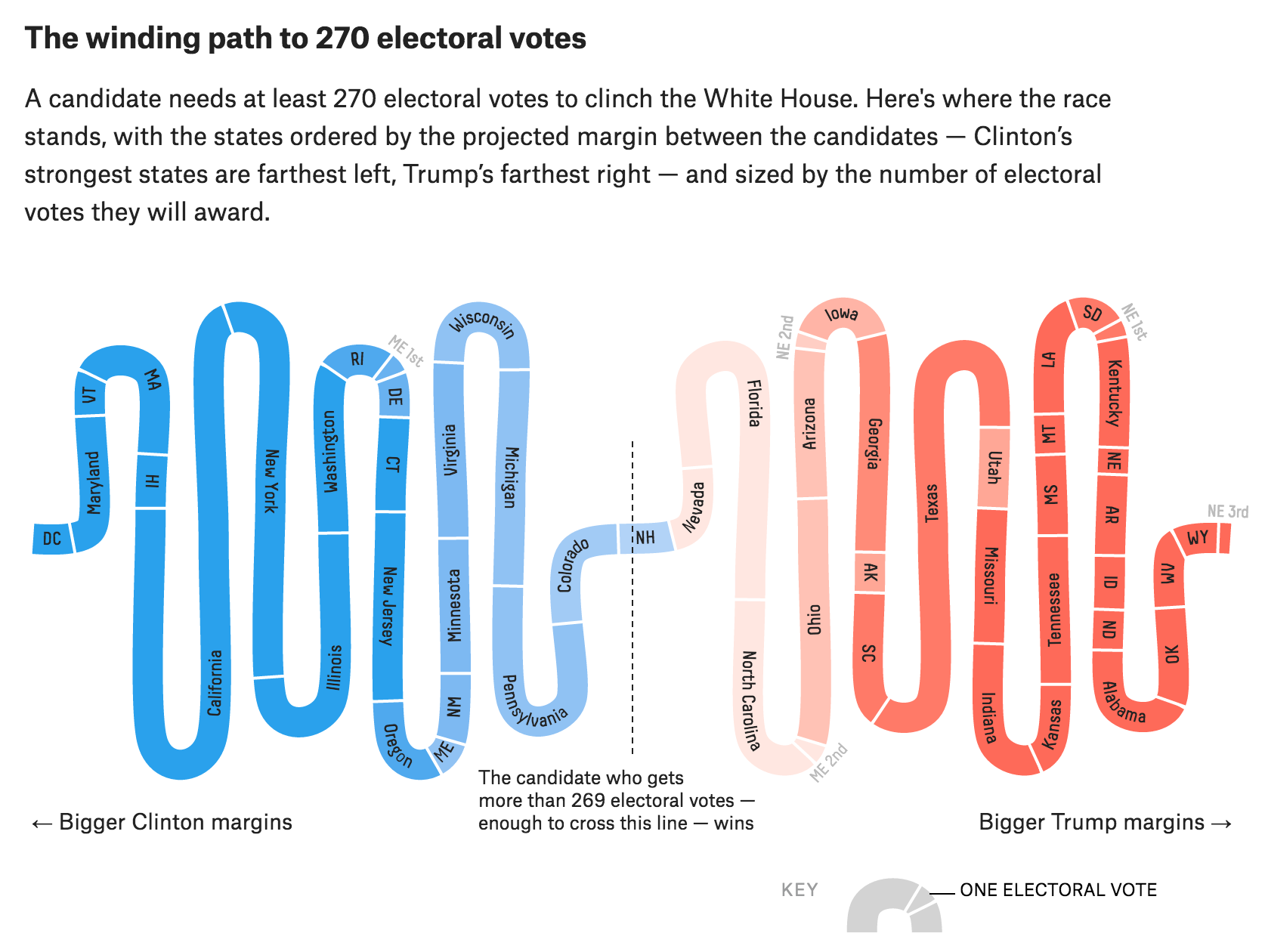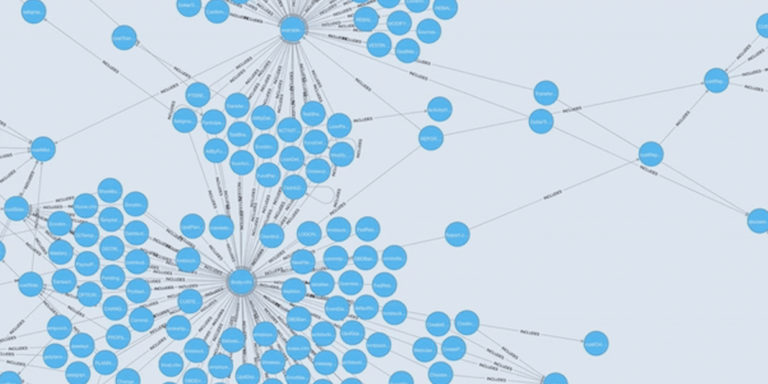It’s Election Time: Data Journalism, Design, & FiveThirtyEight.com

I started at [company_name] right when the 2008 election season was heating up. Our first design space was a storage room (in an undisclosed location) where Carl, Brian, Russ and I would work our tails off on a pretty important project. When we weren’t working on that project, the discussion would typically go into one of three directions:
- Examples of design we either respected or thought needed improvement
- How to get the word out that [company_name] was here and ready to make some noise
- Crazy things that would make us laugh so hard that people walking by would wonder aloud about the goofballs in the storage closet
At that time I became deeply interested in what Nate Silver was throwing down at FiveThirtyEight.com. In fact, I was so interested, I wrote one of my earliest blog posts about it titled Fivethirtyeight.com: Sometimes Gets It, Sometimes Doesn’t. I felt Nate had something special, but the site design and data visualization techniques obscured what he was trying to express.
Four years later, I penned Nate Silver Gets it: Elections, Data Visualization and Bias, applauding Nate for the design choices on the site. I loved that his team had made a conscious decision to focus on the everyday consumer of his content. Nate Silver brought complex concepts about statistics and data science to the masses… well, at the very least, he brought it to me.
Here we are, two presidential elections later. The FiveThirtyEight team has bounced from a small independent group, to a subdomain of the New York Times, to the data journalism branch of ESPN. I am still impressed. [company_name]’s data visualization experience has helped evolve a philosophy about how people approach and digest data. I’m very much in the Stephen Few camp:
- Keep it simple
- Complex infographics are not for speedy ingestion of facts
- A toolkit of a few types of bar charts, trend lines, and bullet charts go a long way
- Question the value of any pie/donut chart
Nate’s team seems to follow a set of principles similar to those near and dear to my heart. Then I saw their winding path image:
A few months ago when I first saw this image, my knee-jerk reaction was, “Oh, Nate, you can do so much better. You’ve opted for novelty over clear communication,” but then I paused. The pathway seems gimmicky, but this image tells a great story in very little space… and once you play with the different calculation models (Polls Plus, Polls Only, Now Cast) the animations add to the story. So, now we have motion design as an essential element to the story. Well done, Nate.
Data journalism has come a long way since 2008. Back then, folks like Nate Silver were bringing very sophisticated data science to the public, but were still struggling to communicate what they were doing and what it meant. Over the past eight years, we’ve seen organizations like the New York Times and FiveThirtyEight.com spin up extremely talented design teams focused on telling clear stories around complex concepts.
We often tell prospective clients that their employees and customers are exposed to apps and tools that are easy to use and tell clear stories. They regularly compare their everyday experiences to your systems, and when your systems do not compare, they will go elsewhere.
FiveThirtyEight is a great demonstration of that phenomenon. In 2008, it was completely acceptable for Nate to export flat images with no interactivity and questionable aesthetics. By 2012, we could interact a little bit with the model and the visualizations were more crisp. Today, Nate’s team helps their audience play the role of Jr. Data Scientist. If you are making data available to your audience the way Nate Silver was back in 2008, your audience is expecting more. If you ignore that, they’ll go elsewhere.




